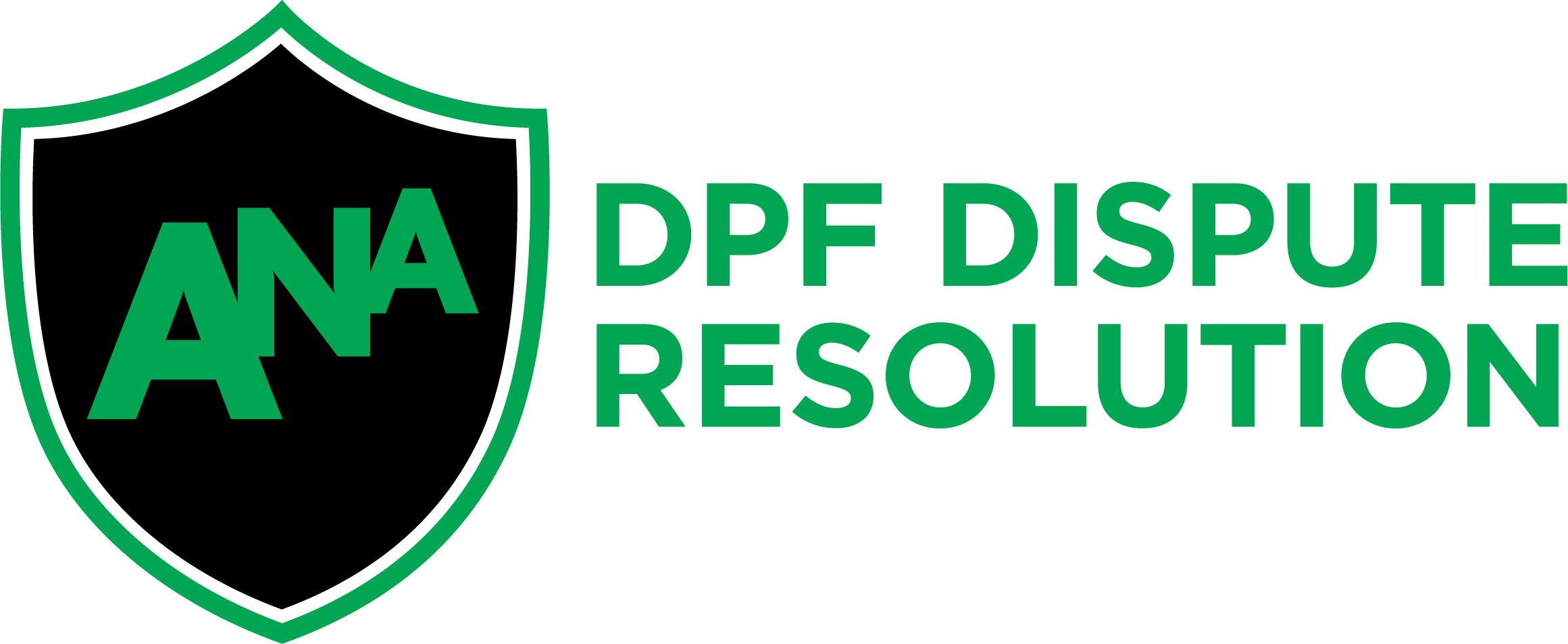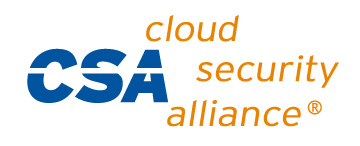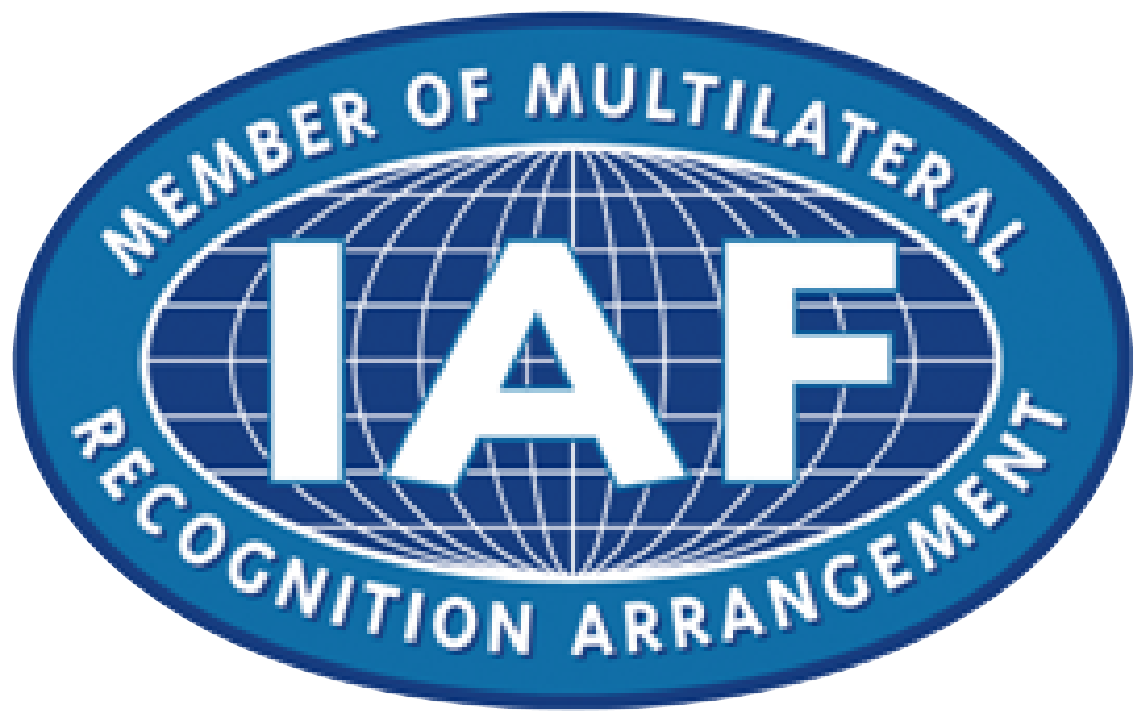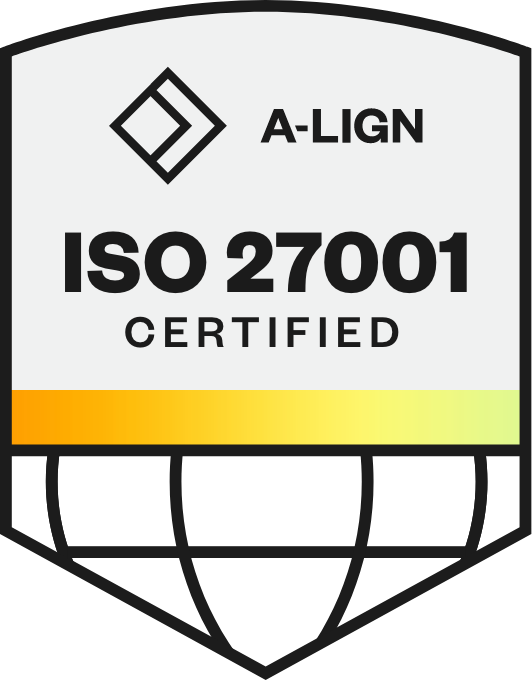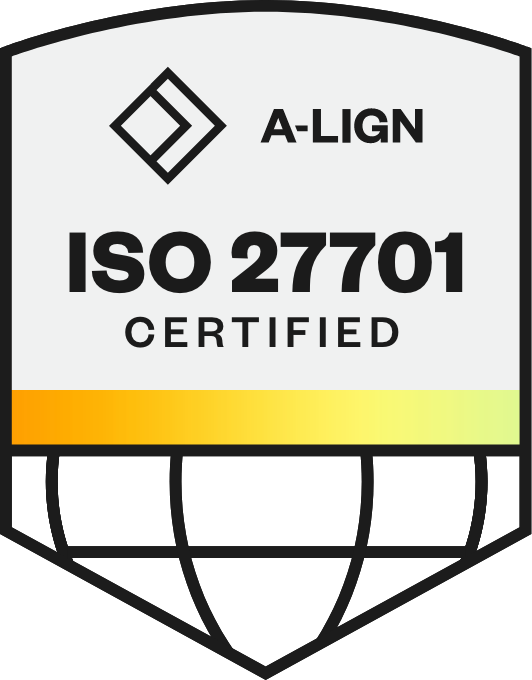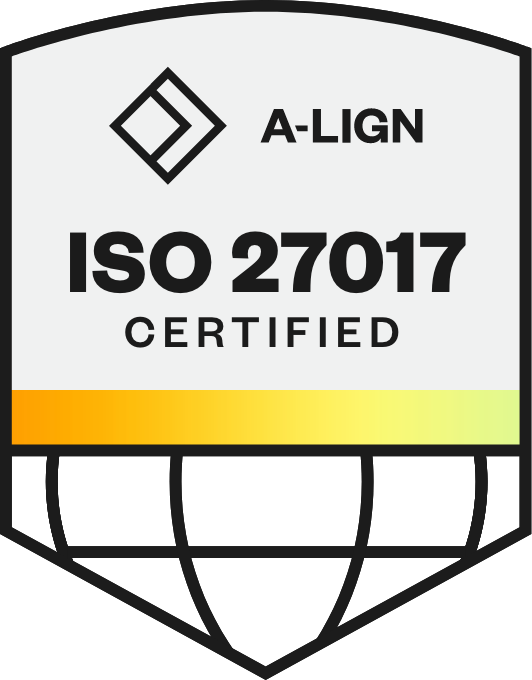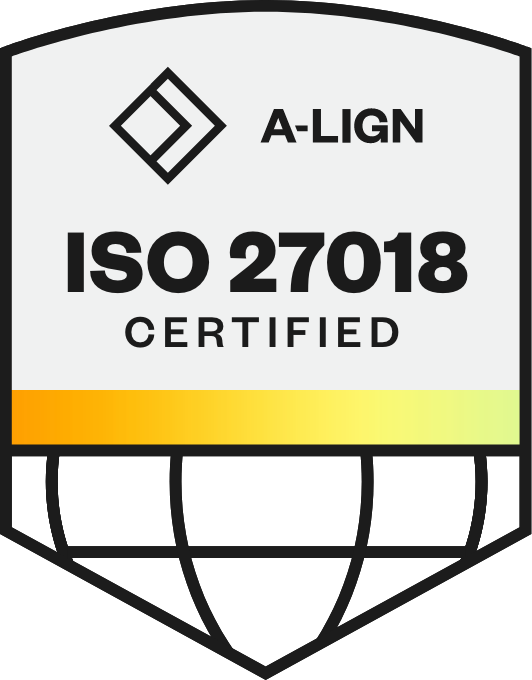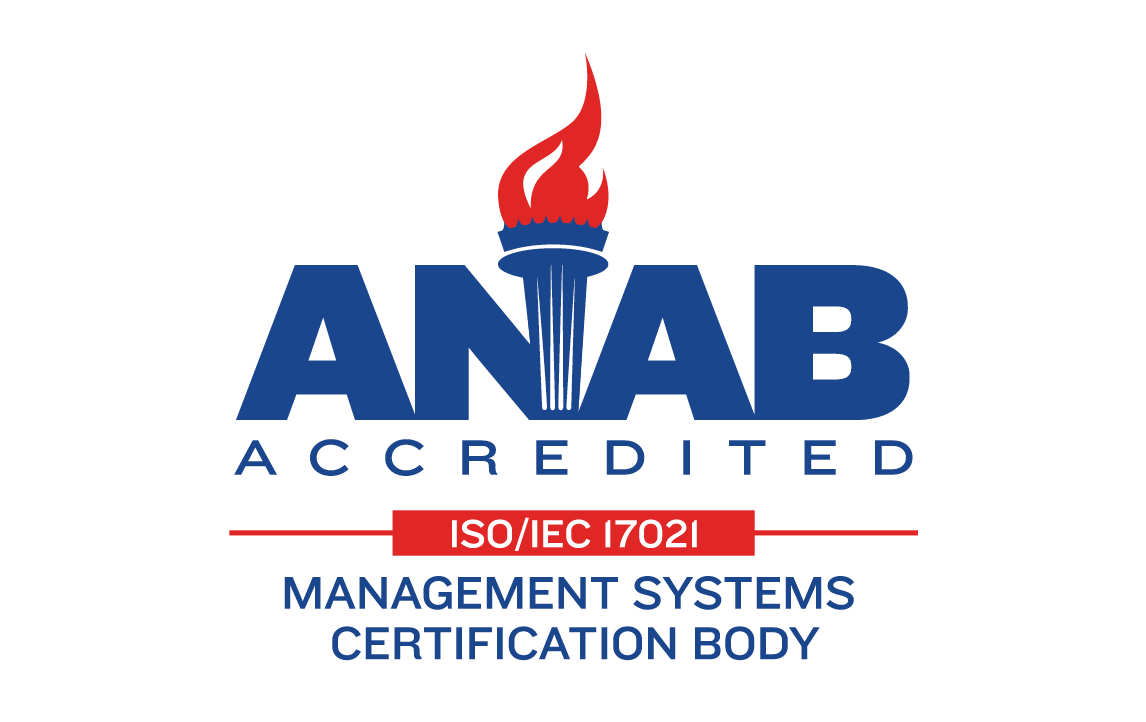
ATS and CRM: Powering the Candidate Experience
The success of any organization is closely tied to the quality of its employees — but attracting top talent is far from easy.
Employers today must differentiate themselves in the job market by building a great brand that reflects your company culture, providing candidates with a personalized experience that keeps them interested throughout the recruitment process, and leveraging technology that helps your team achieve your hiring goals.
While your Applicant Tracking System (ATS) is designed as a workflow and compliance tool for managing applicants, a Candidate Relationship Management (CRM) tool helps you engage candidates before and after the application process begins by providing you with the tools to engage and nurture talent at scale.
But with so many HR technologies to choose from, how can you ensure you're choosing the right fit? In this post, we'll explore the differences between an ATS and CRM, and share a checklist to help you determine the right CRM for your needs!
What is an ATS?
An Applicant Tracking System (ATS) is a type of recruiting software that is intended to be a “system of record” in the recruitment and hiring process. An ATS is designed for recruitment tracking purposes, enabling the recruiters and hiring managers to handle applicant-related tasks such as posting job openings to multiple job boards and storing applicant data.
Today’s ATSs serve as the information center for other recruiting tools, such as recruitment marketing platforms, job distribution tools, background checks, onboarding, and talent experience platforms. Having an ATS is also a common compliance requirement— making it easier to adhere to multiple layers of hiring laws while simultaneously protecting your company against possible litigation as your workforce grows.
While the ATS is an important tool for HR, here’s how adding a CRM can help supercharge its functionality — and more.
What is a CRM?
A Candidate Relationship Management (CRM) tool is recruiting software that serves as a “system of engagement”. It’s designed to simplify sourcing and improve productivity, while maximizing and streamlining communication between recruiters and candidates — helping TA teams build, engage, and track talent pipelines for their organization.
It starts from a candidate's first contact with your company and continues through the entirety of their recruitment process, but also continues with passive candidates who are not actively looking for employment but may be open to opportunities to join your company in the future.
Regardless of whether it’s a relationship with a potential hire or a passive candidate, the CRM enables recruiters to stay in touch and share information about new job openings and upcoming events.
A CRM is made up of several capabilities that create a well-rounded and personalized experience for your recruiter. Here are some examples of what a CRM can do:
Enable candidate rediscovery through a customizable talent pipeline
Leverage artificial intelligence to source top talent faster and reduce time-to-hire
Assign fit scores to candidates based on experience, skill requirements, and location
Create targeted marketing campaigns to keep candidates engaged
Streamline sourcing while improving recruiter effectiveness
CRM software powered by AI helps HR professionals engage and track candidates at various steps in the hiring process — from before an application is submitted to after the interview process is over, giving organizations the opportunity to reach out to all qualified candidates when new positions open.
Here’s another way to look at the importance of a seamless experience between your ATS and CRM. Picture this: You're a recruiter on a mission to find that perfect candidate who not only ticks all the skill boxes but also brings a spark of cultural alignment to your team. Now, imagine having a dynamic duo at your disposal — an ATS and a CRM tool — working hand in hand to supercharge your talent acquisition game. It's like having your recruitment process on autopilot but with a personal touch.
When these two powerhouses seamlessly integrate, magic happens. Your ATS keeps track of every application, ensuring no potential superstar slips through the cracks, while the CRM adds a layer of finesse, allowing you to nurture relationships with candidates beyond the application process. The result? A candidate experience that's not just streamlined but downright delightful.
From first contact to onboarding, the synergy of an integrated ATS and CRM doesn't just manage talent — it elevates the entire journey, turning potential hires into long-term advocates. It's not just about filling positions; it's about creating connections, and that, my friend, is where the real magic lies.
So what should an organization consider before purchasing a CRM?
Checklist for investing in a talent CRM
When selecting the right provider, the HR tech solution you choose must meet your business requirements and be agile enough to grow alongside your company to adapt to your evolving needs. You also have to consider the vendor-client relationship to ensure it’s a good fit. After all, you’ll be working closely with the vendor team throughout configuration, implementation, and beyond!
Related: Why Phenom Talent CRM is Named a Leader by Everest Group
Step 1: Conduct a thorough needs assessment
Before you begin your HR tech search, you need to be clear about how the entire organization will reap the benefits of a new software solution. When you’re in the discovery process, don’t avoid the tough questions.
If you currently use a CRM, what are its limitations?
If you don’t use a CRM, what are the hiring challenges you’re trying to overcome?
What are your HR goals and operational needs 1 year, 3 years, and 5 years post-implementation?
What is your estimated budget?
Step 2: Determine must-have product capabilities
What specific features and functionality should your CRM have? By understanding what your team needs, you can choose the right platform to support them so they can reach their goals. Look for solutions that:
Offer fit scoring based on experience, skill requirements, and location
Capture passive candidate information
Automatically track recruiter and candidate activity
Recommend personalized and actionable insights
Feature an intuitive and mobile-friendly user interface
Leverage predictive intelligence and deep learning technology
Campaign capabilities
Can your team manage and track email communications through the software?
Does it integrate with SMS / WhatsApp and allow direct messaging from the recruitment CRM?
Does the CRM show candidate data and measure campaign performance?
Event management capabilities
Does it make managing and tracking recruiting events simple?
What about after the event? Can you follow up with prospects who did and did not attend?
Candidate rediscovery capabilities
Does it allow for the rediscovery of past candidates (silver medalists)?
Is it easy to reach out to them with new opportunities that better fit their skill sets?
Additional capabilities
Are the vendor’s products and features able to break down the hiring process by stage?
Does the software offer project management tools like to-do lists, contact management, and scheduling capabilities?
Do you have the ability to create custom automations?
Are the dashboards user-friendly and easy to use?
Can you collect and measure the recruiting data efficiently?
Migrate your talent CRM with confidence. Get The Talent CRM Migration Kit and streamline your move without the guesswork.
Step 3: Integrations
It’s crucial that your CRM integrates with existing software, such as social media, job boards, testing platforms, and more. By synchronizing data, recruiters and candidates benefit from a more seamless experience.
Is the CRM part of a larger platform that can support and strengthen more areas of the talent experience?
Can the vendor’s software integrate with other platforms? If so, which ones?
Are third-party platforms needed to connect the vendor’s software and existing systems?
Step 4: Get to know the CRM vendor
By asking questions about the vendor’s onboarding process, training capabilities, customer support, and other supplemental programs, you can gather a better understanding of what to expect after you’ve successfully integrated the chosen software into your processes.
How many customers do they have?
Are they well-rated on software review sites such as G2, Capterra, etc.?
Do they offer hands-on experience via a test environment?
Do they offer onboarding assistance?
Do they offer training to get you started?
How long does the setup usually take for a company like yours?
What customer support do they offer?
What does their data migration process look like?
Related: How LLS Resonates with Candidates on a Deeper Level to Fill Roles Faster
Step 5: Innovation
HR tech should be continuously evolving. By assessing if the vendor prioritizes innovation, you can determine if you’re purchasing a software that will grow with you — or a software that serves a “one-and-done solution” that may suit your needs now, but will have to be re-evaluated in the future.
Do they have a product roadmap aligned per quarter/twice a year?
Does the CRM have any unique features that other systems don’t?
How often do they release new features?
Step 6: Security and performance
When you’re handling sensitive candidate information, you need to be sure that it’s secure, and that your company remains compliant with local data protection laws.
How do you make sure the candidate data you collect is secure?
Is the vendor able to ensure and manage your company’s compliance with hiring laws?
Is the vendor compliant with guidelines and policies that your organization must follow, such as GDPR?
Step 7: Evaluating the right solution
The best way to determine what your vendor-client relationship might look like is by reaching out to existing and previous clients. By reaching out to an organization that’s already been through the implementation process, you can ask specific questions that will help you set appropriate expectations.
Ask the existing client what their implementation process was like: how did it go for them? Did they face any roadblocks?
Talk to an existing client that has been using the software for at least a year. Have they run into any issues integrating the software? How did their teams handle the transition?
Reach out to a former client that left within the past year (make sure you confirm the purchase decision). Why did the software solution not work for them?
Step 9: Assemble a cross-functional team
Once you get buy-in from key stakeholders, it’s time to mobilize a dedicated team. Determine who needs to get involved to assist with integration — speak with HR, IT, and HRIS employees and leaders to support you. Reach out to the selected vendor and inquire about a point of contact that can provide guidance while your team goes through this transition. Establish and communicate realistic expectations for your team and create a plan for employee training.
Are there resources for using and learning about the CRM?
Does the team need to get certified in using the CRM?
Who can you contact if you or your team has questions during the implementation process?
Does your employee training make adoption simple and straightforward?
Who will be responsible for ensuring seamless adoption of the CRM?
Resource: How to Deploy Intelligent HR Tech With Confidence
Step 10: Maintenance Plan
Establish and implement a plan for system maintenance. Once the CRM is live, assign internal ambassadors or champions to make sure everyone’s maximizing the tool — track usage rates, issues, and tickets to determine which teams need additional support. Don’t forget to measure your progress and results, and be prepared to report your results to key stakeholders.
Integrate your ATS and CRM for a stellar candidate experience
Finding the right HR technology solution is like finding the right candidate — it takes time, effort, and vision. With more than98% of Fortune 500 companies currently using an ATS to streamline their recruiting processes, the true power of a CRM and ATS becomes apparent when you use them together.
By purchasing a comprehensive talent experience suite that seamlessly integrates a company’s career site, CRM, and ATS in one platform, your team can utilize powerful data-driven results efficiently to deliver the ideal recruitment and candidate experience. Ready to find your next hire?
Planning a CRM switch? Download The Talent CRM Migration Kit for step-by-step guidance, templates, and best practices to ensure a smooth transition.
Get the latest talent experience insights delivered to your inbox.
Sign up to the Phenom email list for weekly updates!



